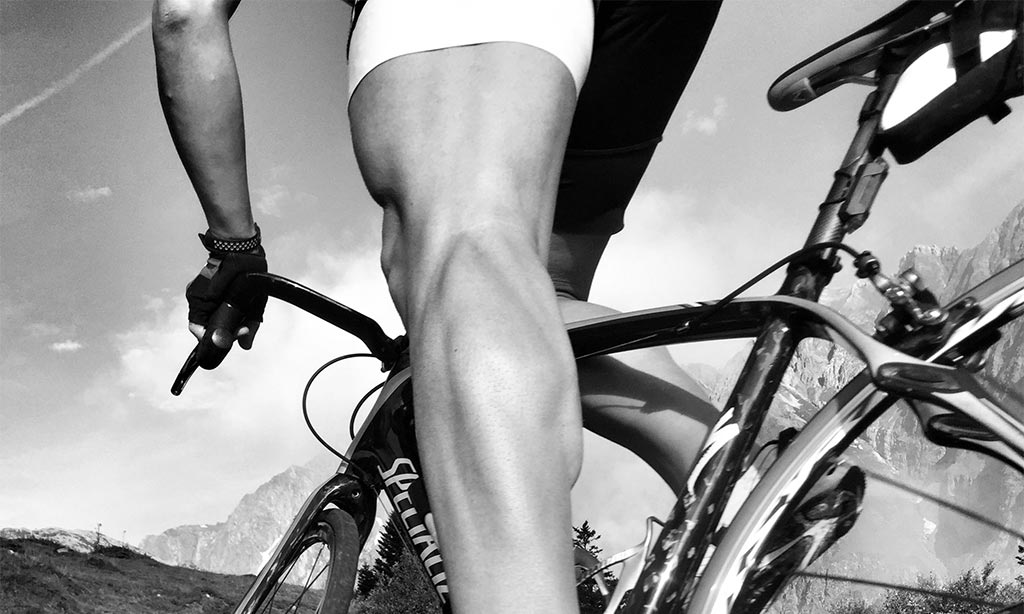
Losing weight and cycling? Ten tips for burning fat on a bike.
During the holidays, the extra pounds quickly add up. On top of that, you often move and sport a lot less during the winter period. Fortunately, cycling is an excellent cardio workout that helps you lose weight. Cycling improves the health of the heart, lungs and blood flow. In addition, cycling helps burn fat and calories and help you lose weight. In this article we discuss the best way to lose weight as effectively as possible on a bicycle.
How do you lose weight cycling?
Cycling requires less impact from your body than, for example, running. That is why you can train longer and harder on the bike more often. To get the most out of your time in the saddle, it's important to have an effective strategy. Read the ten tips below to discover the best way to lose weight by bike.
1. Set a weight loss goal
Every good training strategy starts with a goal, including losing weight! Therefore, first determine the period in which you want to start training to lose weight. Be realistic. Do you have many birthdays or a holiday planned in a period? Be honest with yourself if it becomes more difficult to lose weight during that period. You can then determine a target weight or fat percentage. A good guideline is the Body Mass Index (BMI). This is a number based on the ratio between your height and weight. The Nutrition Center has a handy tool with which you can easily calculate this. An alternative is to aim for a certain percentage of body fat. A healthy man usually has a fat percentage of 15 to 18 percent. A man who regularly trains and cycles can achieve a body fat percentage of 8 to 10 percent. There are many scales that can measure body fat percentage, so purchasing one of these can be a good investment.

2. Increase the intensity of your workout
A quiet round of cycling will only help you to lose weight in dribs and drabs. Pushing yourself to pedal harder and ride a little faster will increase the intensity of your workout. The general rule is: the faster you cycle, the more calories you burn! With an average cycling speed of 15 kilometers per hour and a body weight of 70 kilos, you burn about 280 calories if you cycle for one hour. If you increase the speed to 20 kilometers per hour, you burn more than 500 calories per hour. So try to deliver a little extra every time you're on the bike. Track your speed with a speedometer and gradually try to drive faster and faster. Are you through it? Try to give that extra push!
3. Watch your diet
For most people, this is perhaps the most difficult part of losing weight. Whether you lose weight aesthetically, train dry or lose weight to perform more: your diet is one of the most important factors. A great open door: eat less. It's easier said than done, but with a few tips you can master this in no time. Eat from a smaller plate and serve smaller portions. This way you create the illusion that you ate more. In addition, eat more slowly. It takes a few minutes for your brain to realize that it is no longer hungry. Taking the time to eat will prevent you from overeating. In addition, make sure you consume as little sugar as possible. Sugary foods are very high in calories and don't really satisfy your hunger. In addition, sugar is clearly negative from a nutritional point of view. Therefore, stop drinking soft drinks and avoid pre-packaged foods (jars, sauces, fast food, etc.) as much as possible. Don't undereat, if you're trying to lose weight, the general guideline is that men should aim for 1,900 calories and women for 1,400 calories. So don't sit under this.
4. Stay hydrated
Drinking water can help with weight loss. And not just because water is calorie-free! Multiple studies show that drinking 0.5 liters of water can increase calories burned for at least an hour. Some studies show that this can lead to modest weight loss. Drinking water before meals can reduce appetite in middle-aged and elderly people. The feeling that you are 'full' makes you eat less. So a lower calorie intake that leads to weight loss. Drink 1-2 liters of water per day, mainly before meals. If you are still drinking soda, replace it with water as soon as possible. It's the easiest way to limit your sugar intake.
5. Get enough sleep
Sleep is the silent hero of successful weight loss. Studies have shown that people who sleep six to eight hours a night are much more successful in losing weight, maintaining weight and are also less stressed. People who don't get enough sleep at night are more likely to feel hungry during the day and less likely to feel full when they eat. And of course, a good night's sleep is essential to help the body recover and build muscle. Especially after an intense bike ride or heavy training. It sounds simple, but it's extremely important; aim for a good night's sleep of about seven hours each night to give yourself the best chance of losing weight.
6. Add cross-training and stretching to your workout routine
Cycling is one of the better ways to train injury-free, but still watch out for overload. Especially if you're just starting out. Therefore, add cross-training to your training routine. This helps balance recovery in your legs and distribute load. For cross-training, you can use free weights, do Pilates/Zumba, or swim, for example. Stretch preferably before and after training. Do not start cycling until your body has really stretched and warmed up. In addition, you can do yoga to keep your body flexible. All these exercises help with muscle building. The more muscle you have, the more efficiently your body burns calories.
7. Avoid overtraining and rest
Sometimes you are in the throes of your goals or target weight. Make sure you don't overtrain or eat too little. Going hard on the bike, with little food intake, is not a healthy idea. And it also doesn't work in the long run. When you cycle too fast, especially when you're just starting out, exhaustion and injuries are lurking. Therefore, take rest at set times. In this blog you can read more about drawing up a training schedule. As a rule of thumb for optimal recovery, take 48 to 72 hours after your last workout. Are you cycling on a Saturday? Then don't train your legs on Sunday or Monday. Also listen to your body. If you have serious muscle pain, make sure you get enough rest.
8. Train according to the HIIT (High-Intensity Interval Training) method
HIIT is a good way to challenge your body, reduce fat and lose weight. HIIT alternates short bursts of intense exercise with intervals of low-intensity exercise. In cycling, a HIIT workout might look something like this: Cycle as fast as you can with a high resistance for 0.5 to 1 minute. Then cycle at a low resistance for two to three minutes. Repeat this pattern for half an hour. By varying the intensity you burn more calories in less time. According to studies, both HIIT and moderate-intensity continuous exercise reduced fat mass by 10% after a 12-week program. HIIT programs, on the other hand, take much less time than a normal workout and are therefore a more practical option for fat reduction. When you stop pedaling and your workout is over, your metabolism stays on. This means your body continues to burn calories at a higher rate even after your workout is over and your body has returned to its normal, resting state. Then combine this with a little yoga, as described in tip 6, and you will feel reborn!
9. Drink less alcohol
Actually, we all know that alcohol is unhealthy and contributes relatively much to unnecessary weight gain. Therefore, try to limit your alcohol intake as much as possible. Do you find it difficult? Try to reward yourself at a few times during the week. For example, a beer or wine at the weekend, but not during the week.
10. Enjoy cycling!
One of the most important tips: enjoy your workout! If you start a bike ride or workout reluctantly, you won't last. Make sure you also just have fun and don't stare blindly at your goals. For example, cycle with nice music or a good podcast. Join a cycling club if you enjoy cycling socially. And think about the benefits of regular cycling: more energy, a better mood, better general health and just having fun while moving your body. Going outside is a reward in itself and will make you feel great - whether you lose weight or not.


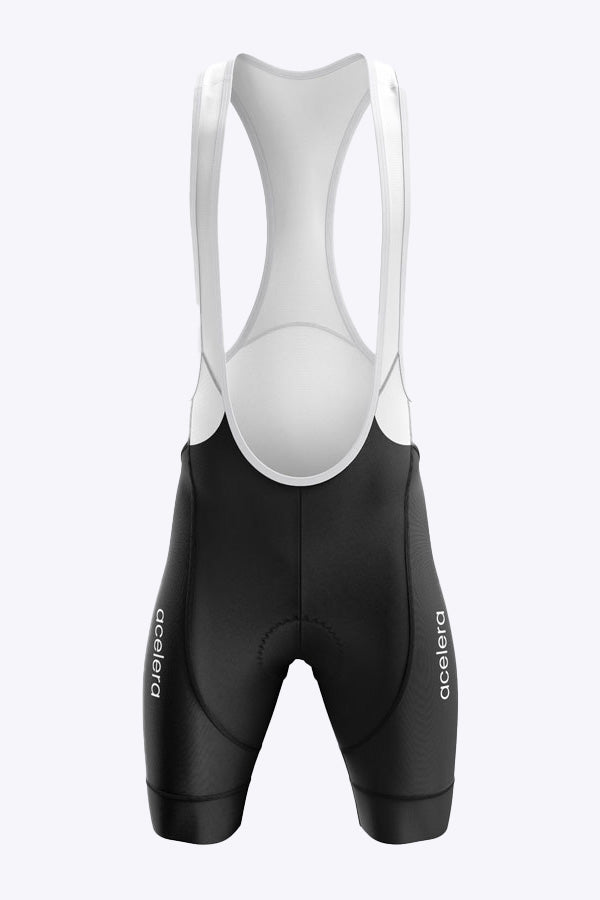

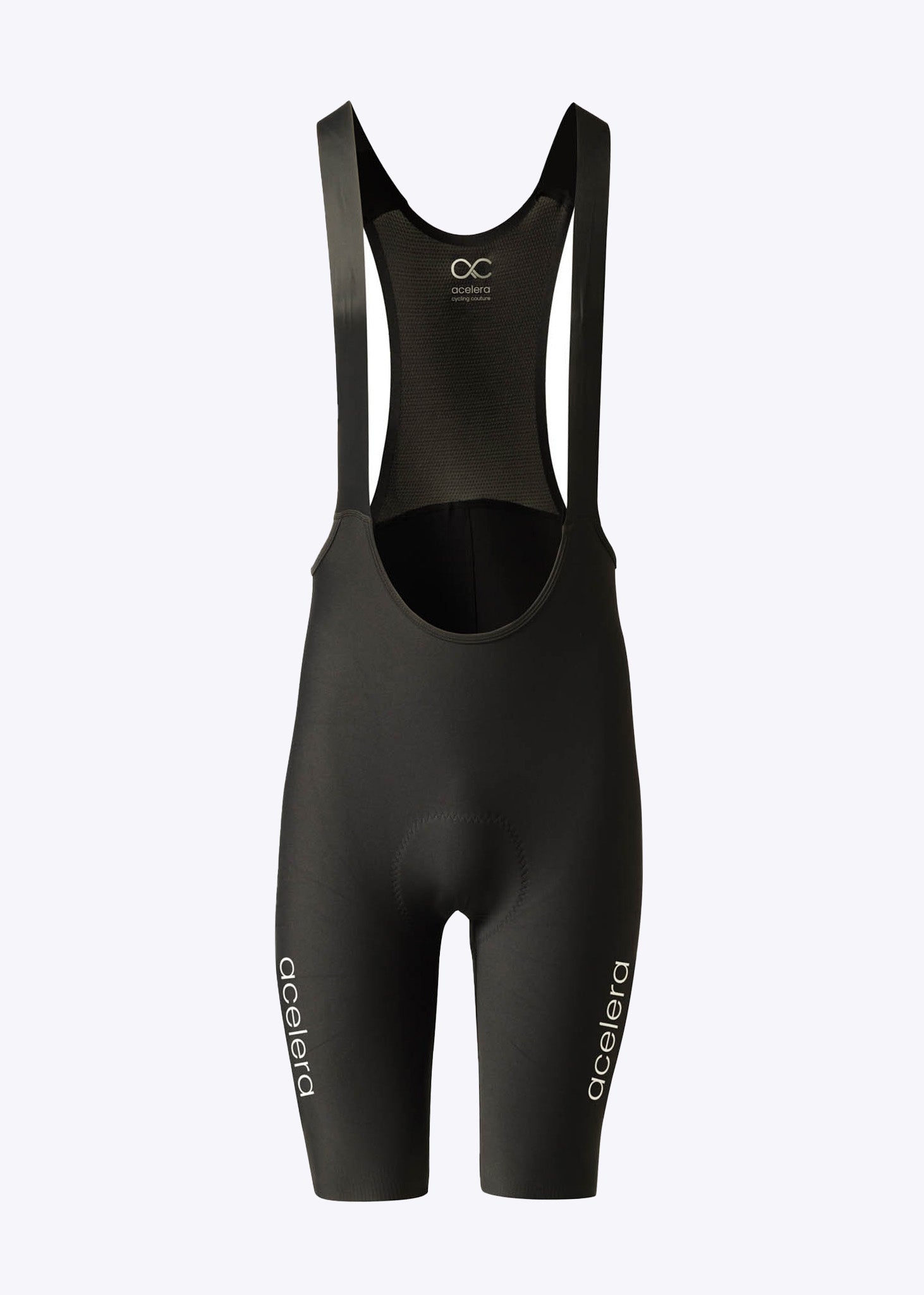
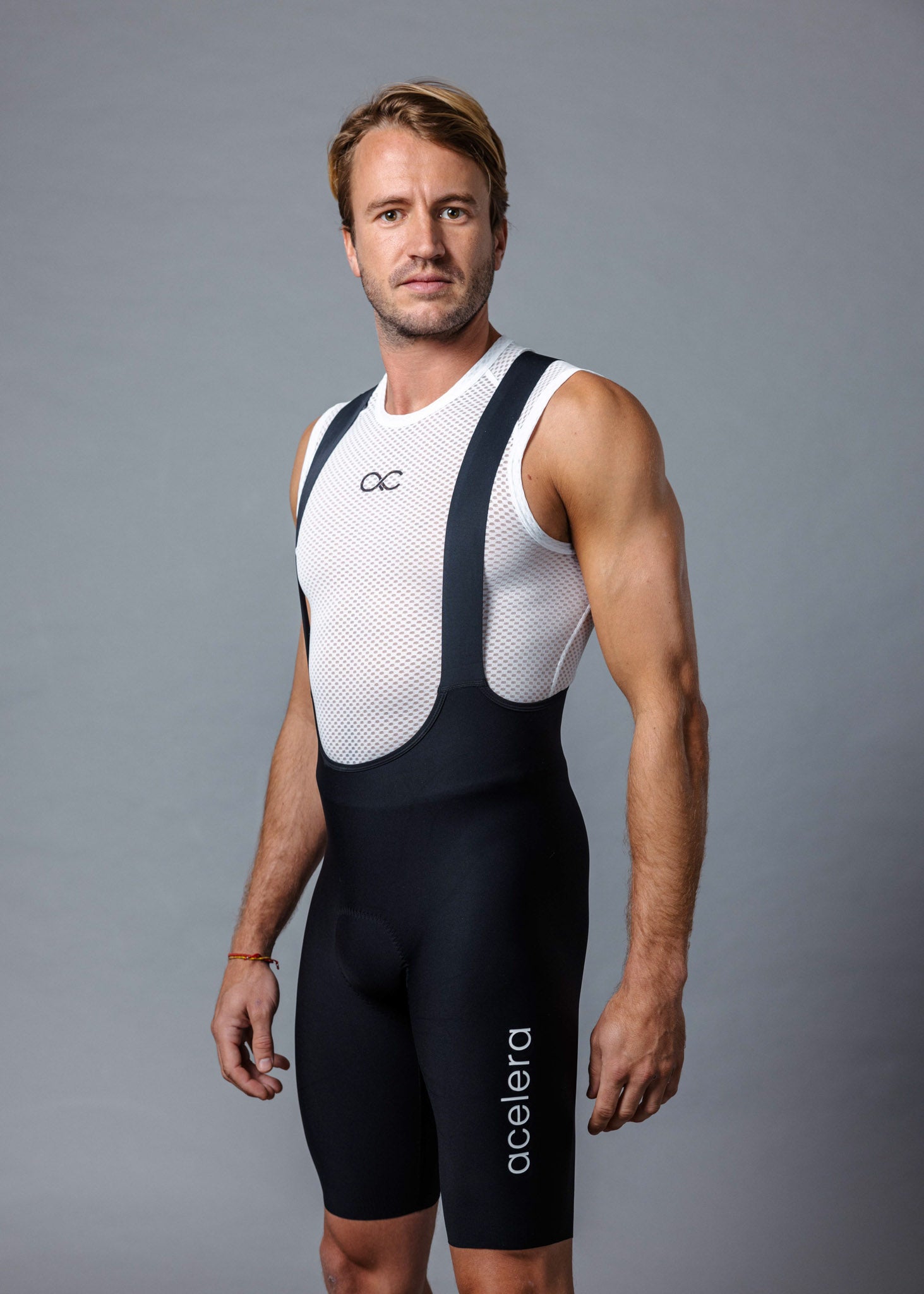
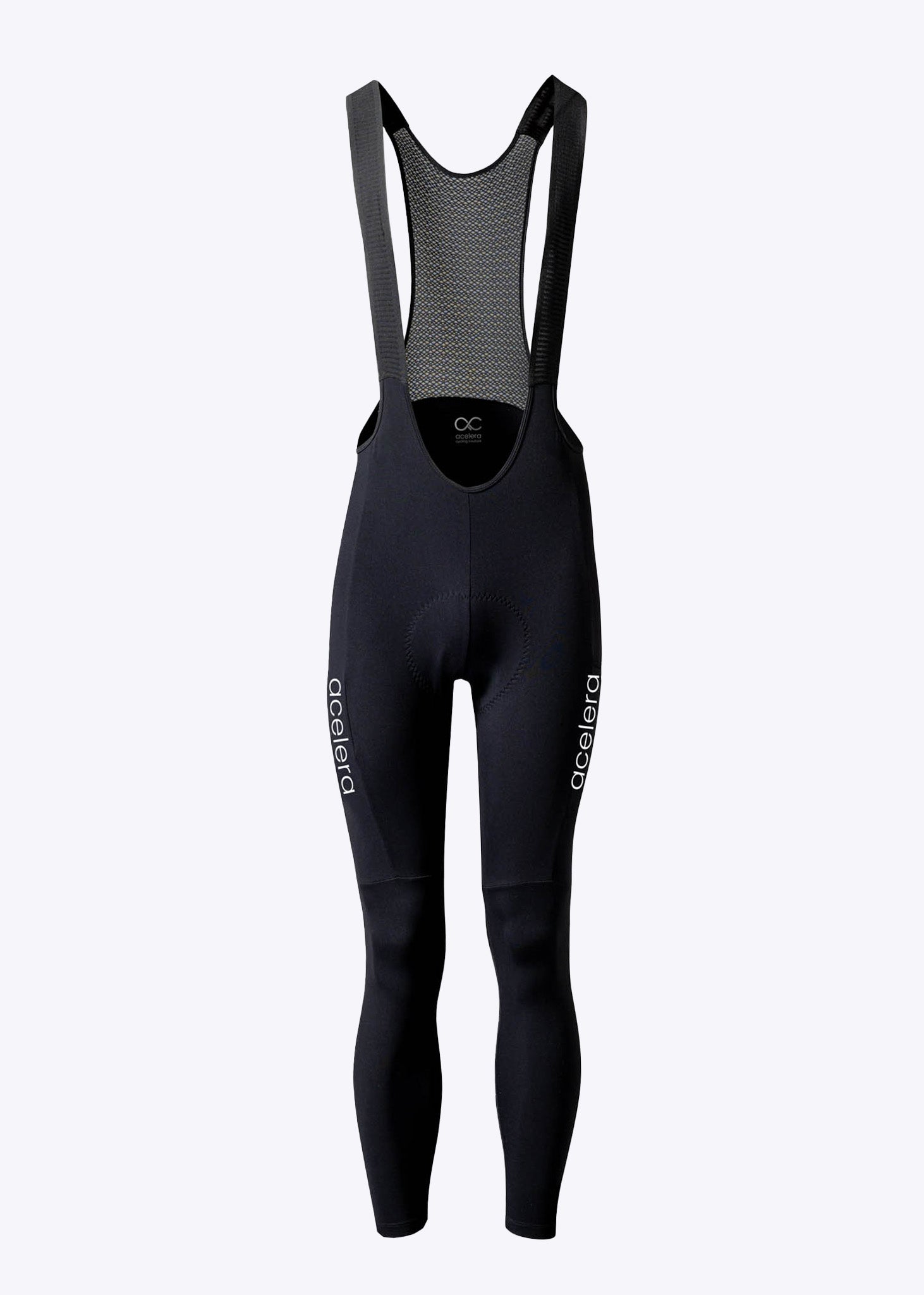
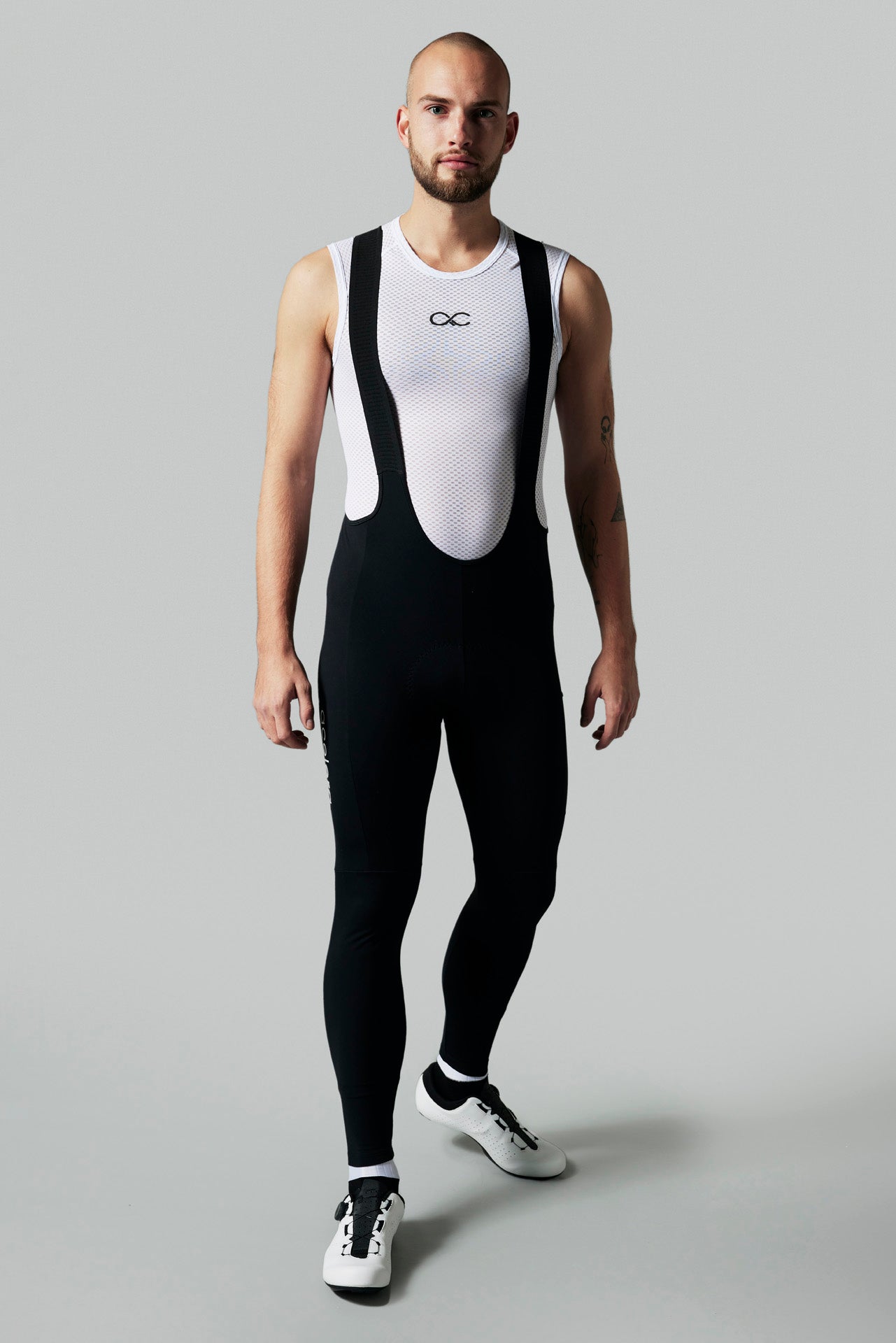
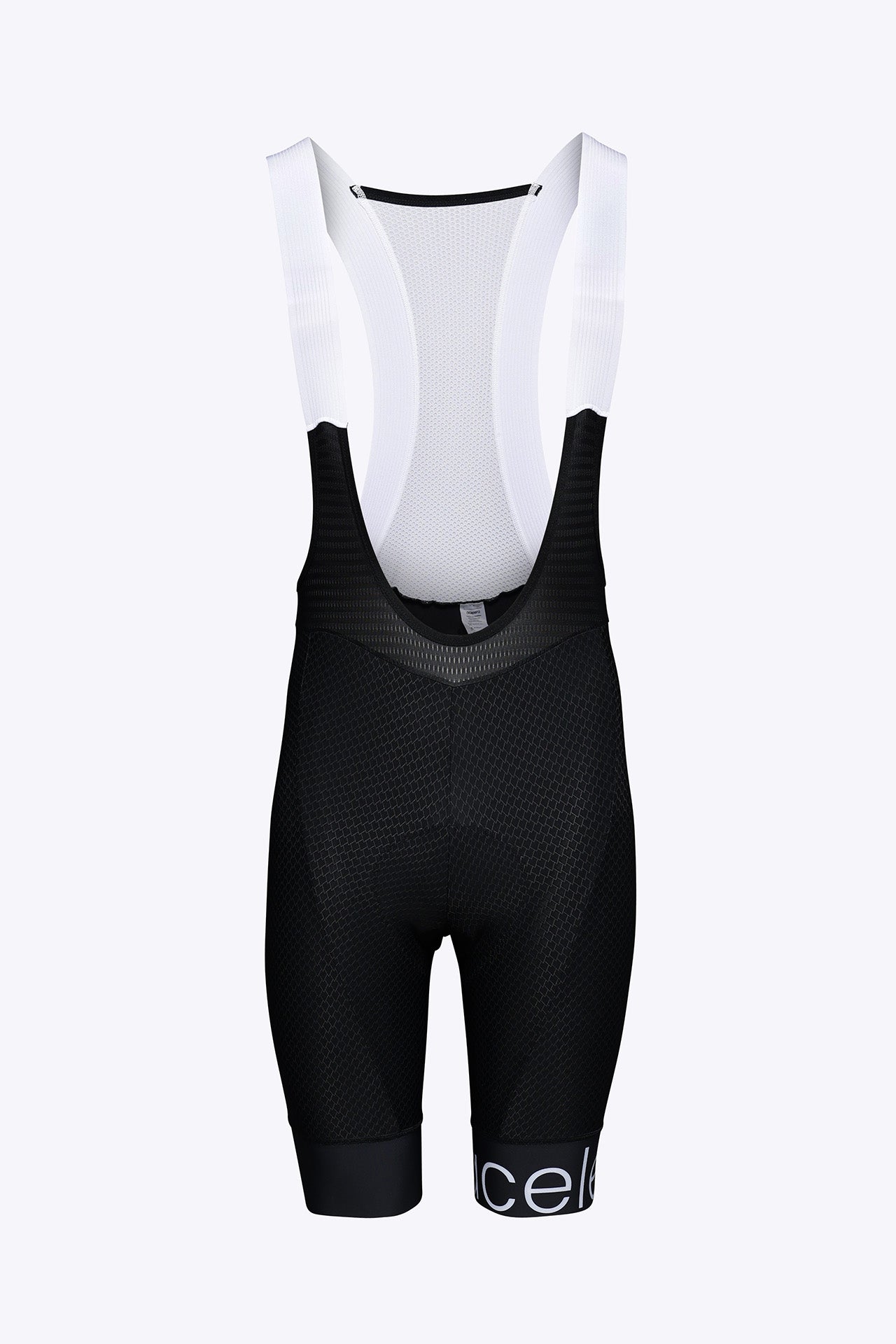
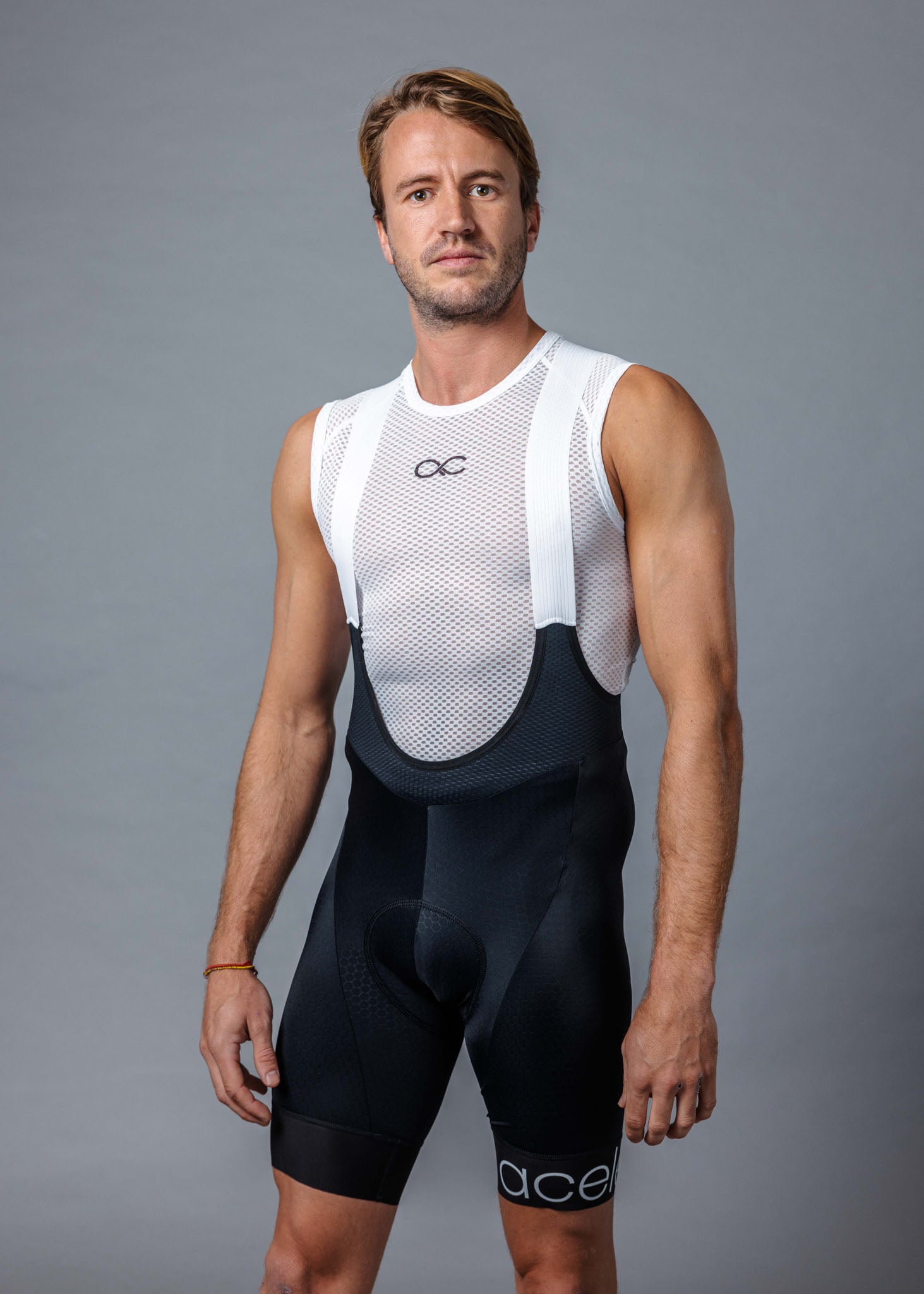
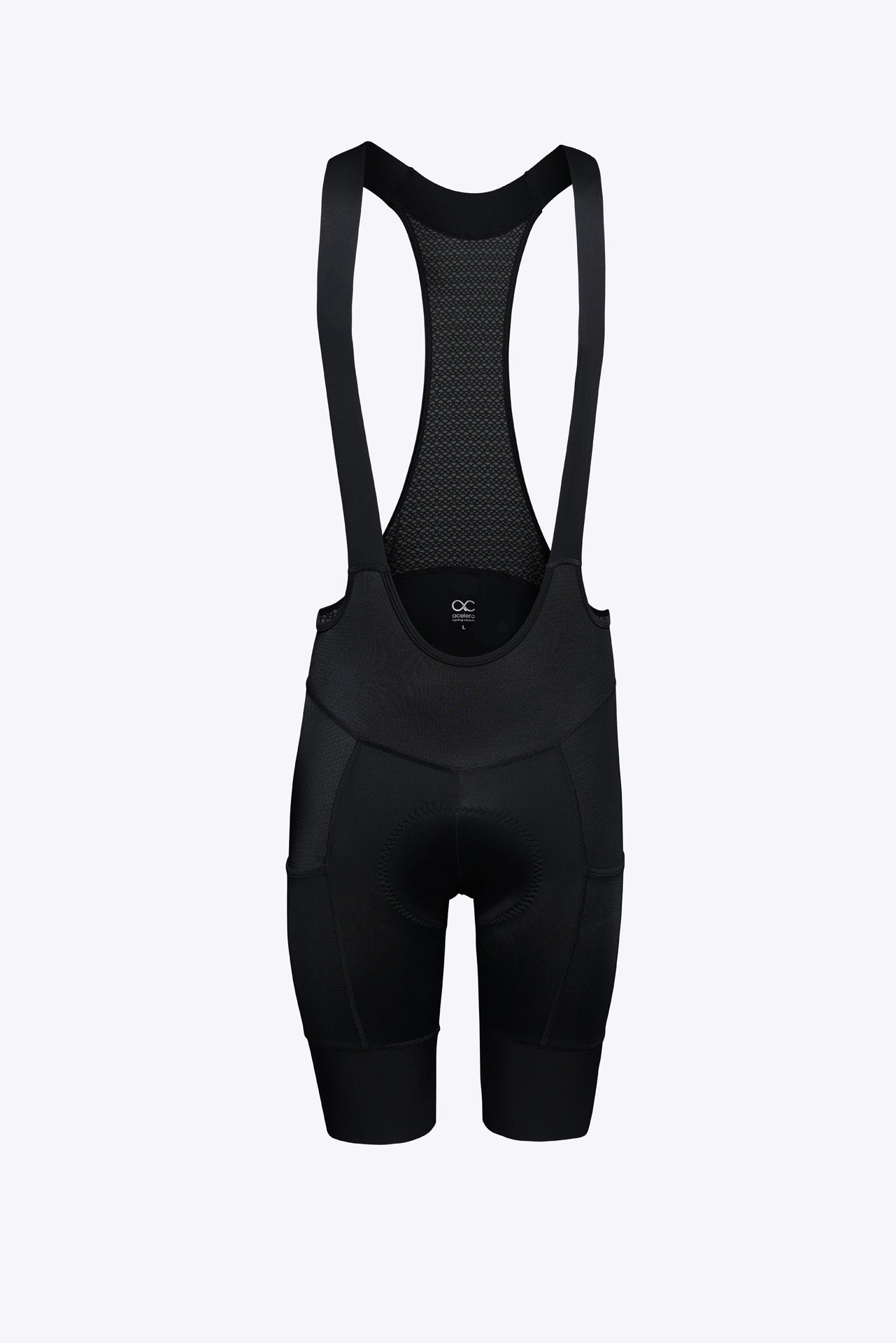
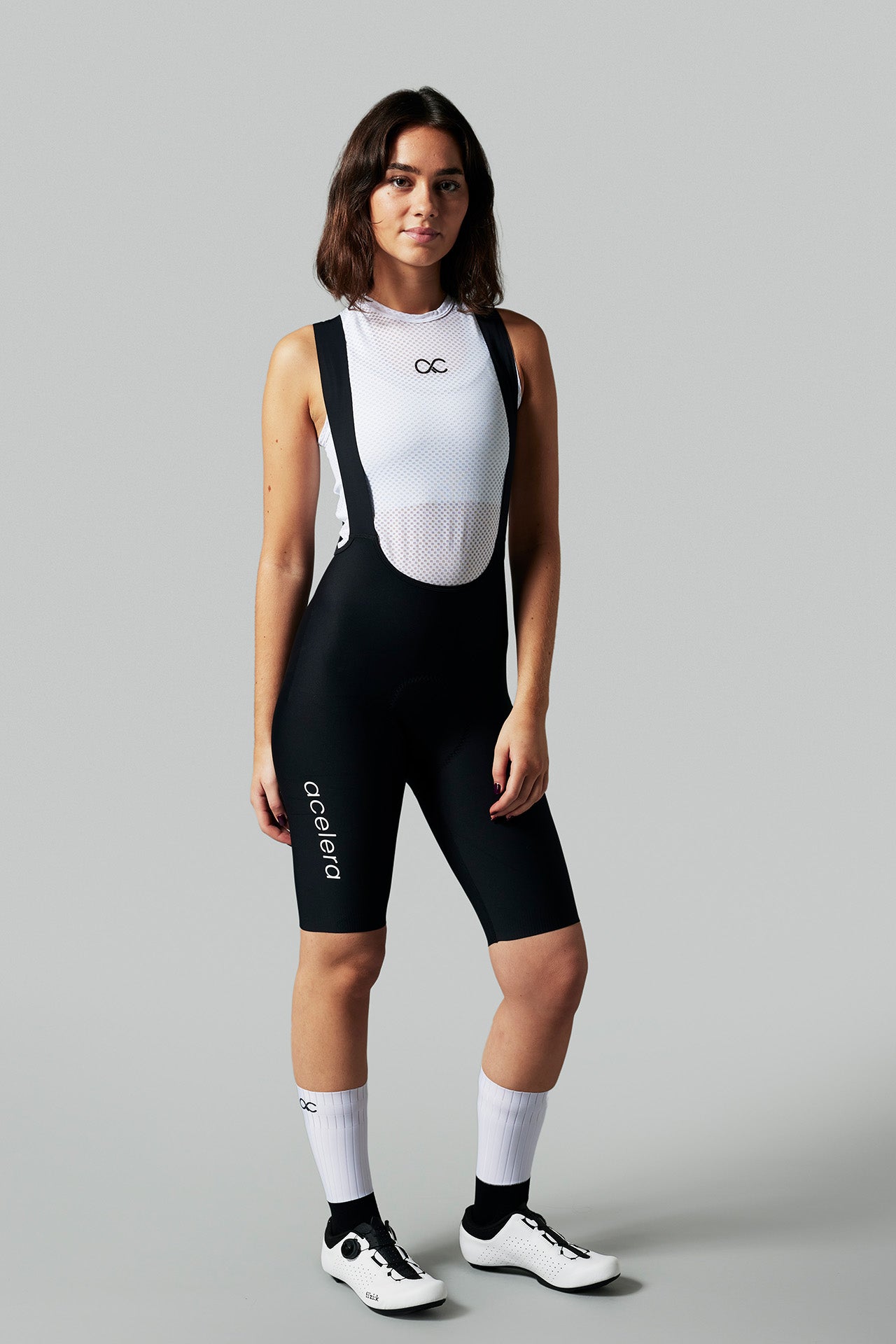
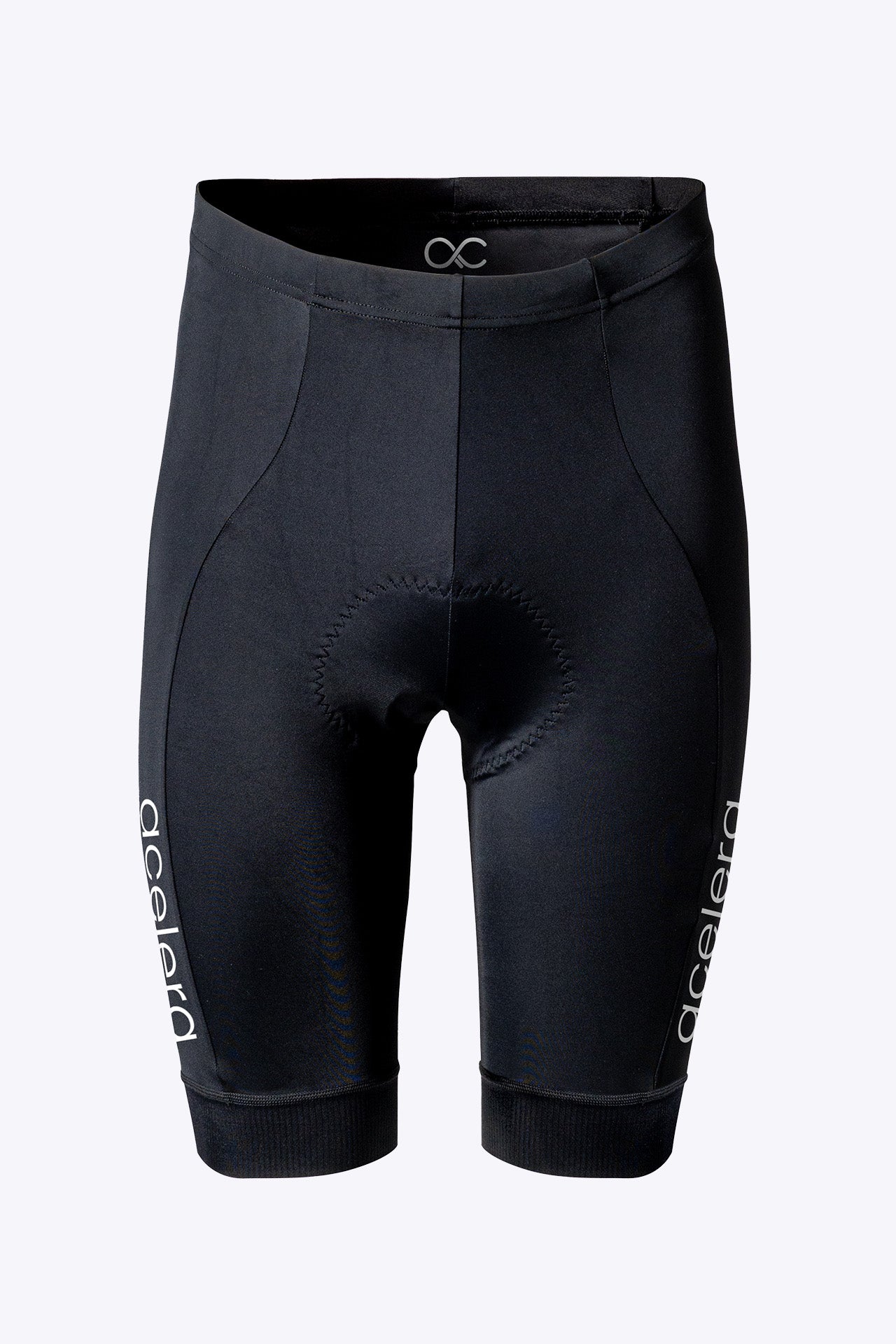

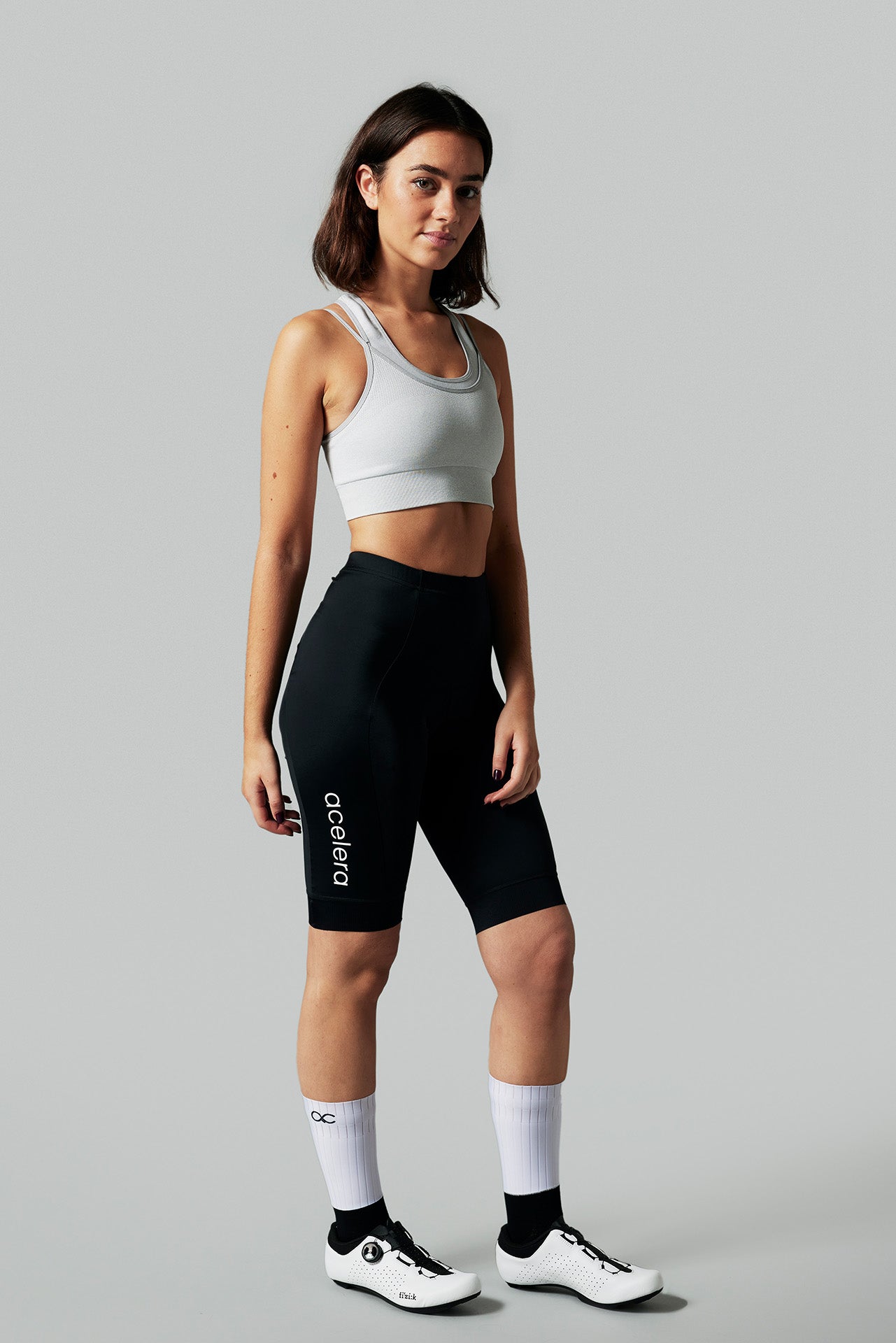
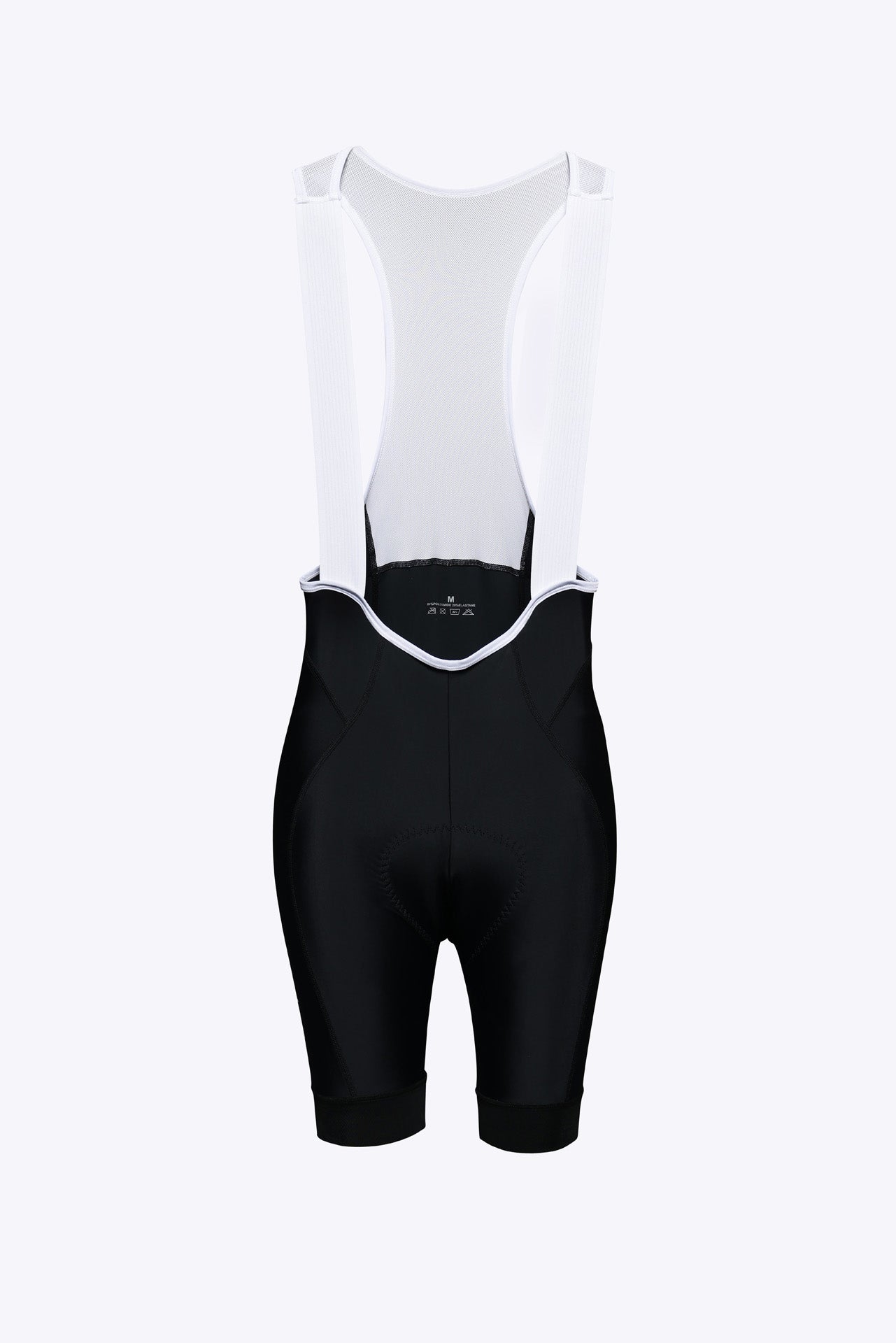
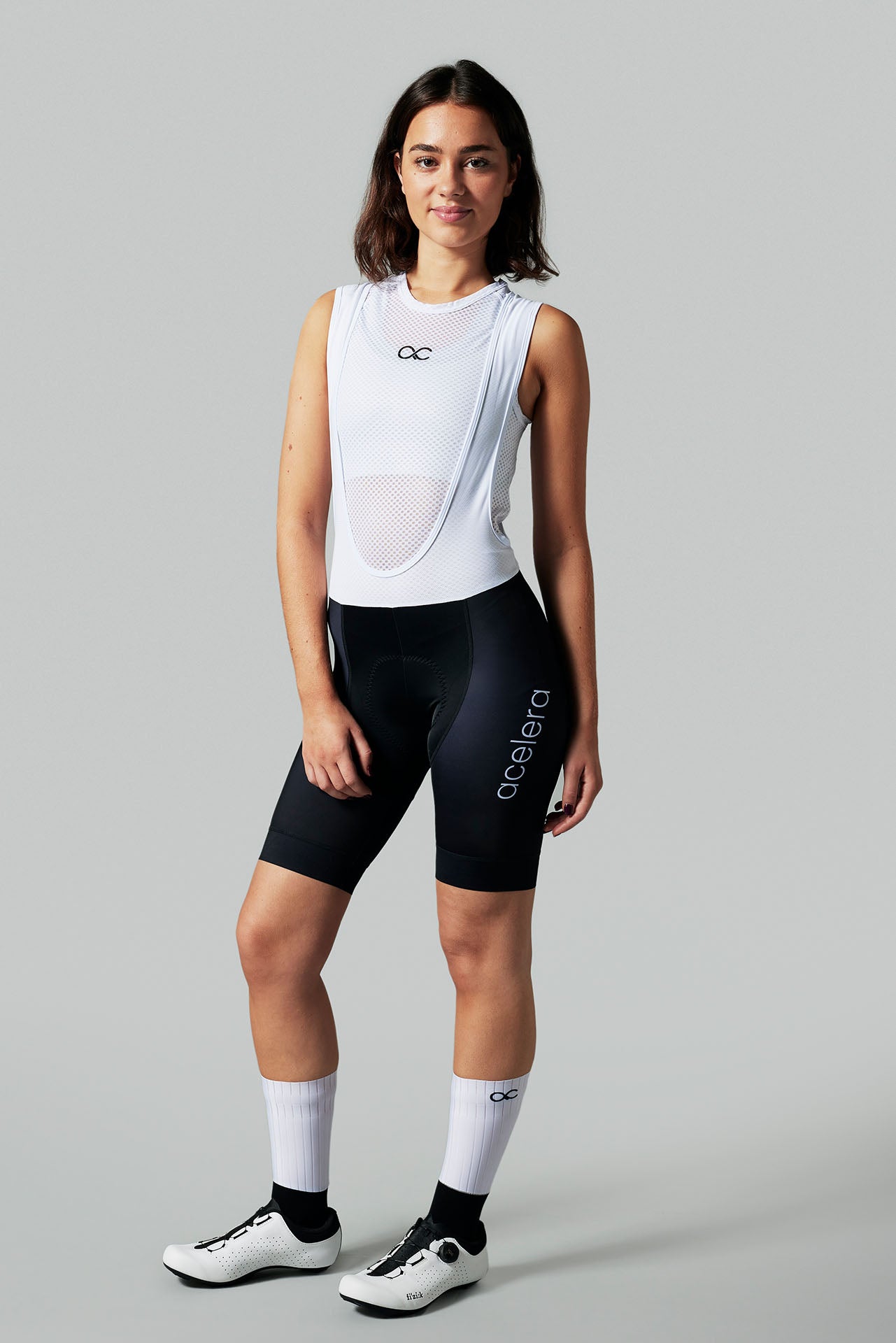
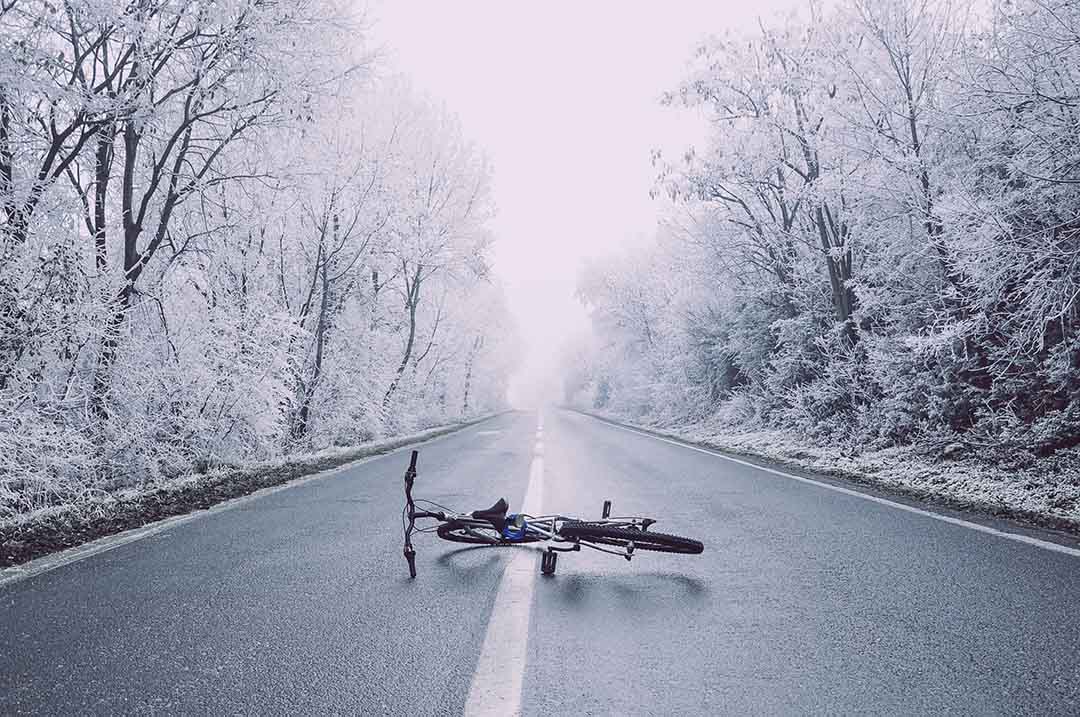
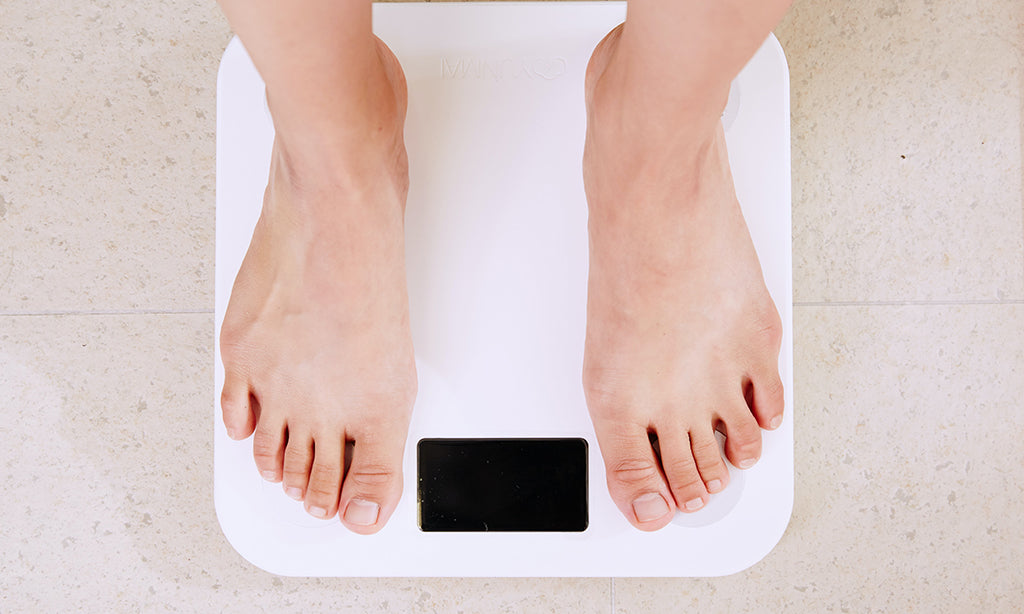
1 comment
Interessant. Ik mag eigenlijk niet meer wandelen vanwege slijtage van mijn heup. Ik ga meer fietsen, niet op mijn ebike, maar op mijn stadsfiets. Eens kijken of 3 x per week een uur mij lukt om vol te houden. Dus naast wat ik gewoonlijk elke dag al fiets.
Hans de Ridder
Leave a comment
This site is protected by hCaptcha and the hCaptcha Privacy Policy and Terms of Service apply.